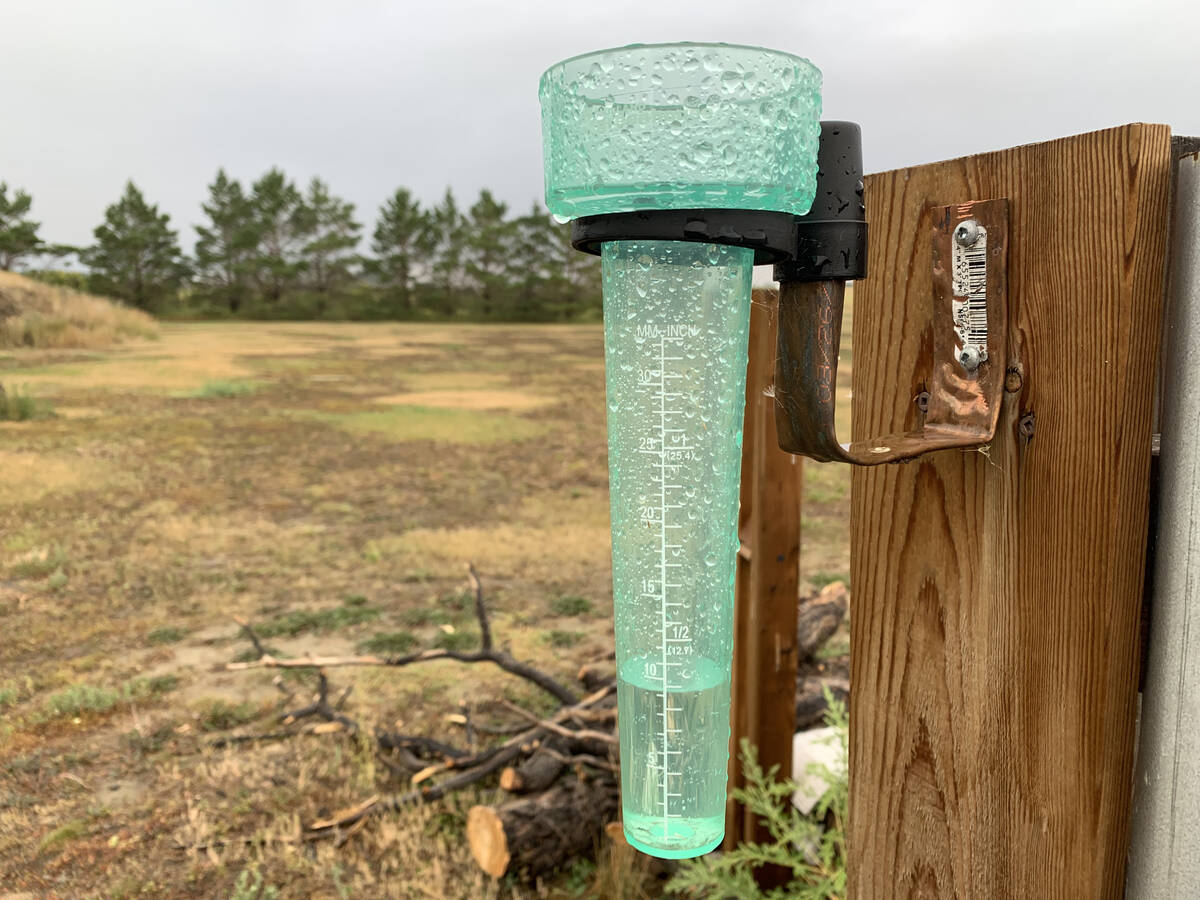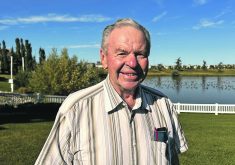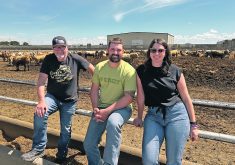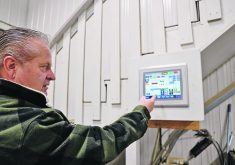Once the decision has been made to put a farm succession plan in place, one of the first tasks will be to establish a fair financial value for the farm business.
“Everyone wants to be fair,” says Reg Shandro of Farmacist Advisory Service in Lacombe, Alta.
”The perspective of fair is an intriguing concept because sometimes fair is 100 percent for me and zero percent for you and vice versa … you usually have to invite a third party to get an independent assessment of fair.”
Look for an AACI (Accredited Appraiser Canadian Institute), he advises.
Read Also

Southeastern Prairies get drought relief in September
September drought monitor from Agriculture and Agri-food Canada shows welcomed precipitation in coastal B.C. and southeastern prairies
There are four other stories in this Strategies series:
- Navigating farm succession: a tool kit
- Following key steps makes planning easier
- Incorporation may offer one solution to succession
- The soft side of selling: letting go of the farm
Alternatively, you could obtain a Realtor’s Letter of Opinion (RLO) as to the farm’s value, but the RLO lacks the credence of an AACI because of perception of bias or the qualifications of the realtor.
The value of the farm business will include the land, buildings, surface royalties and wind royalties.
What an appraiser does
An appraiser will first do a property inspection, some elements of which would be the same as an appraisal for insurance purposes, says Trevor Hanson of AACI.
This includes inspecting and measuring the buildings, ascertaining their age, condition and quality of construction.
On-site inspections are sometimes supplemented with aerial photographs.
Two approaches are used to put a cash value on the property: market value and cost approach. Cost approach is a total of the appraised value of the land, plus the cost of site improvements, plus the cost of all the buildings (minus depreciation). Surface lease revenue is also added here if it applies.
Market value is established by looking at what other similar properties are selling for at the time. “Unfortunately, no two properties mirror each other or are even very similar,” says Hanson, “so it can be difficult to find reasonable comparable examples.
The next step is to reconcile cost approach and market value and come up with a final value.
Inventory such as crops, stored grains and livestock is valued by the founder and successor.
Shandro believes the best way to value machinery is for everyone to be collaborative and decide on a fair market value without having to involve a third party. “When it comes to equipment, farmers usually have a pretty good pulse on what’s going on price-wise,” he says.
Increasing farm value to benefit founders and successors
Succession is usually a family arrangement so the usual strategies to improve the sale price, such as cleaning up the yard and planting trees are pointless. But there is one way to increase the value of the farm and put money in the pockets of both the successor and the founders, and that is subdividing. Two three-acre acreages divided up from a quarter section with no improvements, could provide working capital of $300,000 gross, says Shandro.
“In Lacombe in 2008- 09, you could get $150,000 gross for three acres of land with no improvements. And, sometimes it doesn’t decrease the value of the rest of the quarter.”
Give the kids a break
Founders and successors who believe they will be able to sell or buy the farm business for the full market price are setting up a plan that will not succeed, says Shandro. Whether it’s farm rent, valuation of the land, a better rate for equipment value or leasing; the founders must be prepared to give the successors some sort of a break, or the plan is actually an exit strategy, not a farm succession plan.
A study at the University of Kansas found that 75 percent of farm assets must go to the farming child for the farm to at least consider being viable, says Shandro.
“Telling your farming child they’re going to get around 75 percent, your non-farming children in combination are going to get around 25 percent. That is a difficult thing.”
In his experience, Shandro says the best percentage in split between farming and non-farming siblings was 55 percent.
It’s equally important that the founding generation come out of the agreement with sufficient funds to live comfortably. Founders tend to be conservative people and they might, in their desire for the successor to successfully take over the farm, give up too much and say they won’t take anything out of the farm, says Shandro.
First and foremost in all succession planning, the founders have to have the means to live throughout the years after they leaving farming, and to live the way they’d planned.
If they can’t afford it, they shouldn’t be taking this route, says Shandro.














